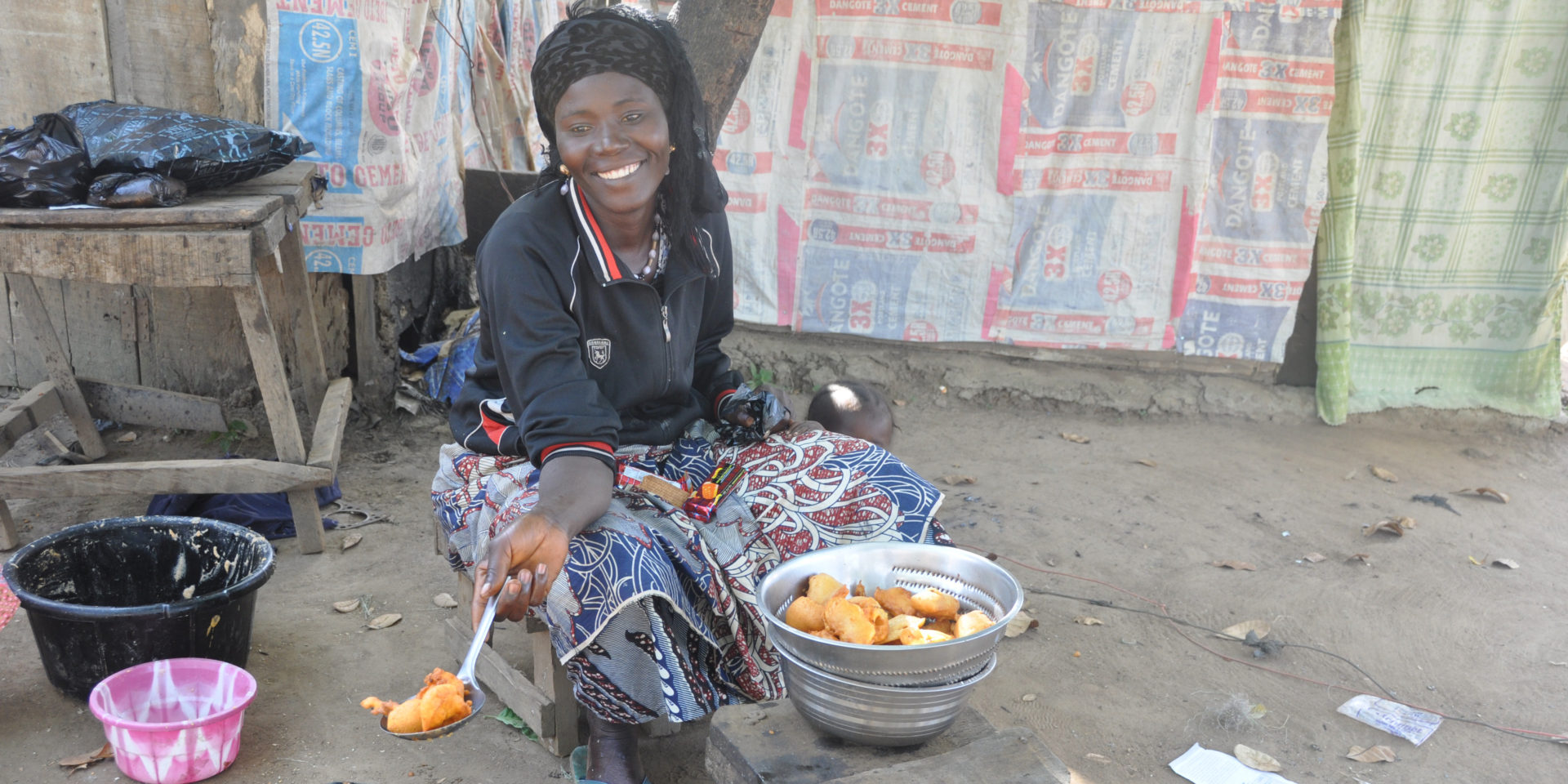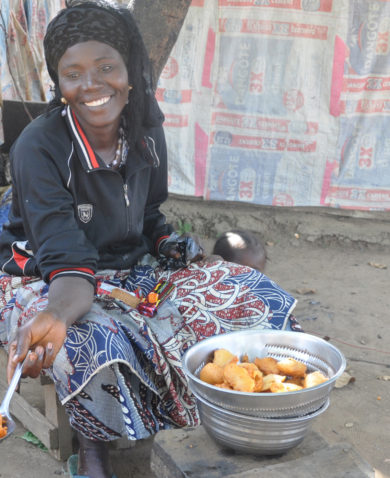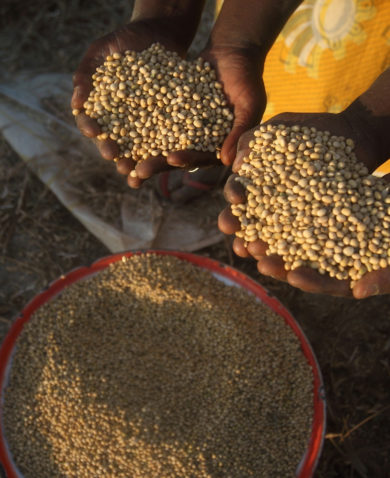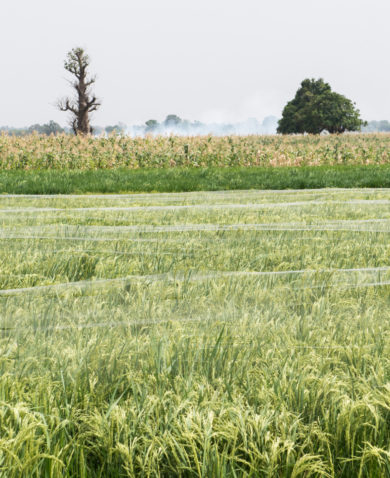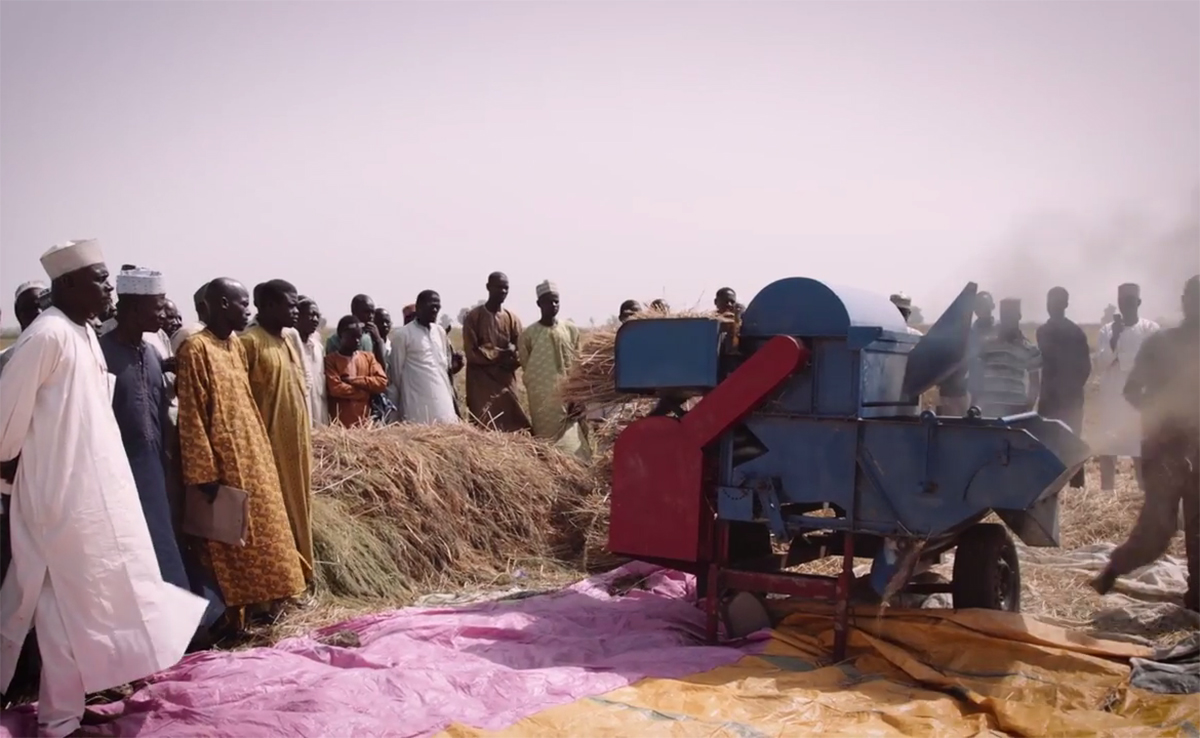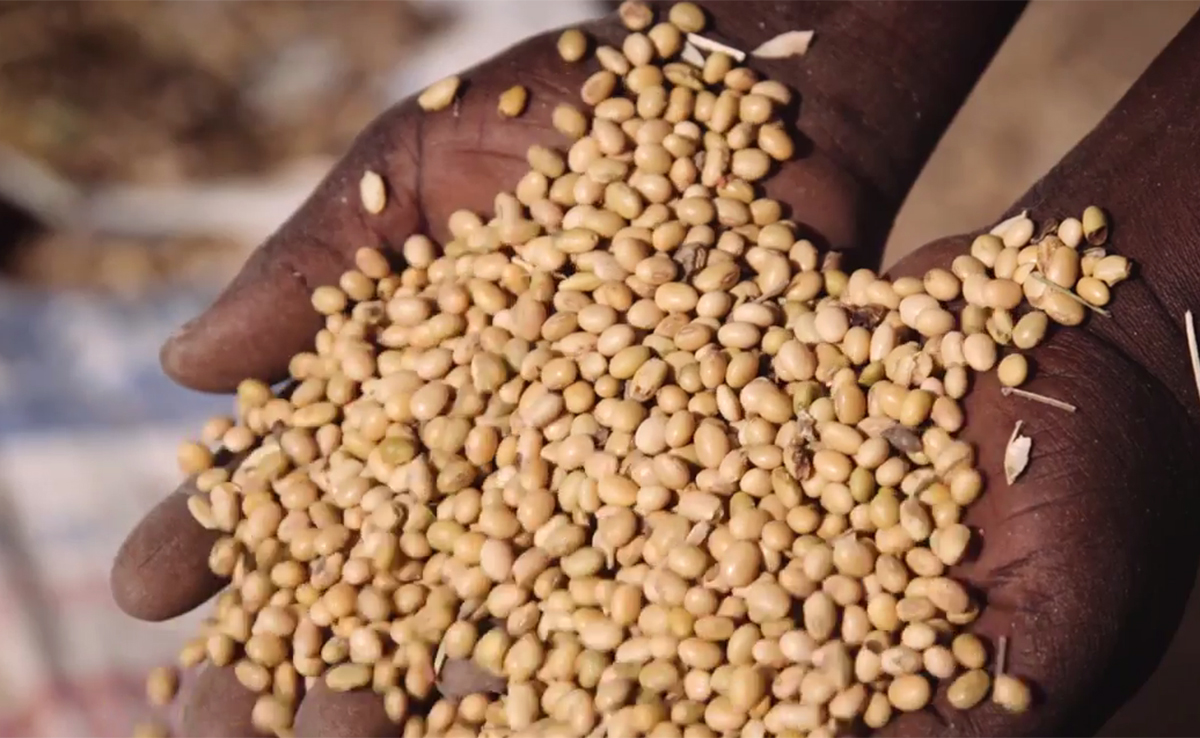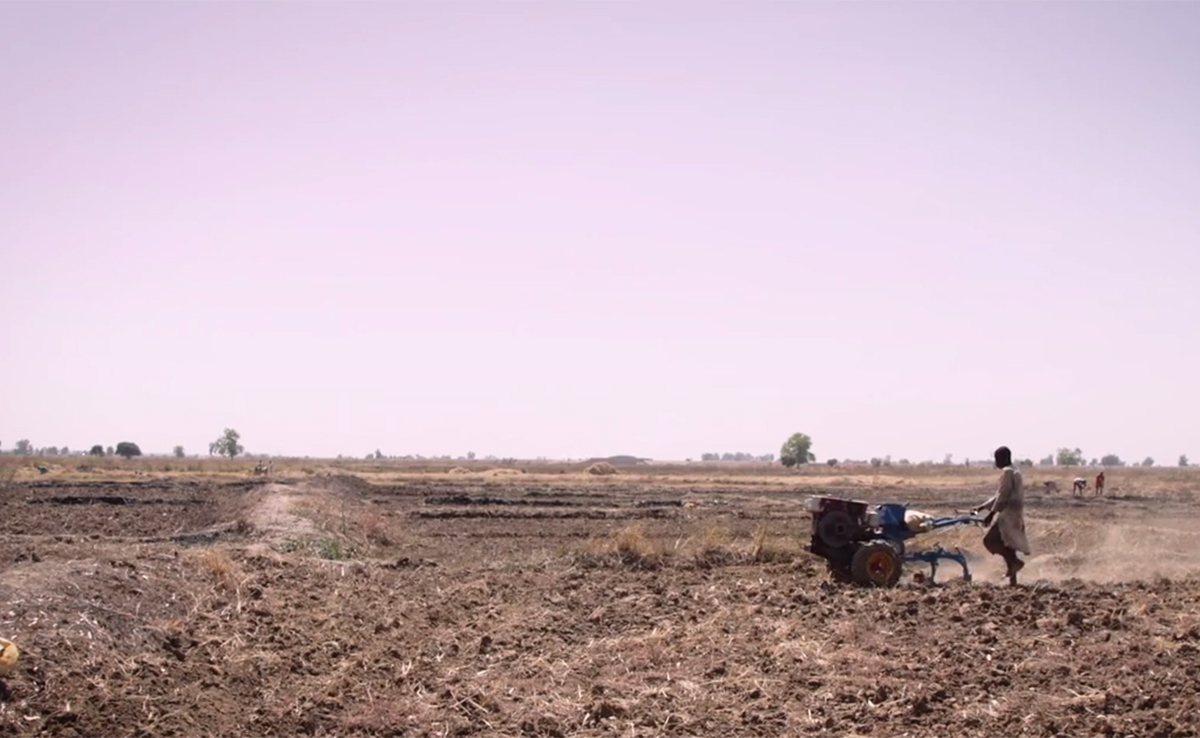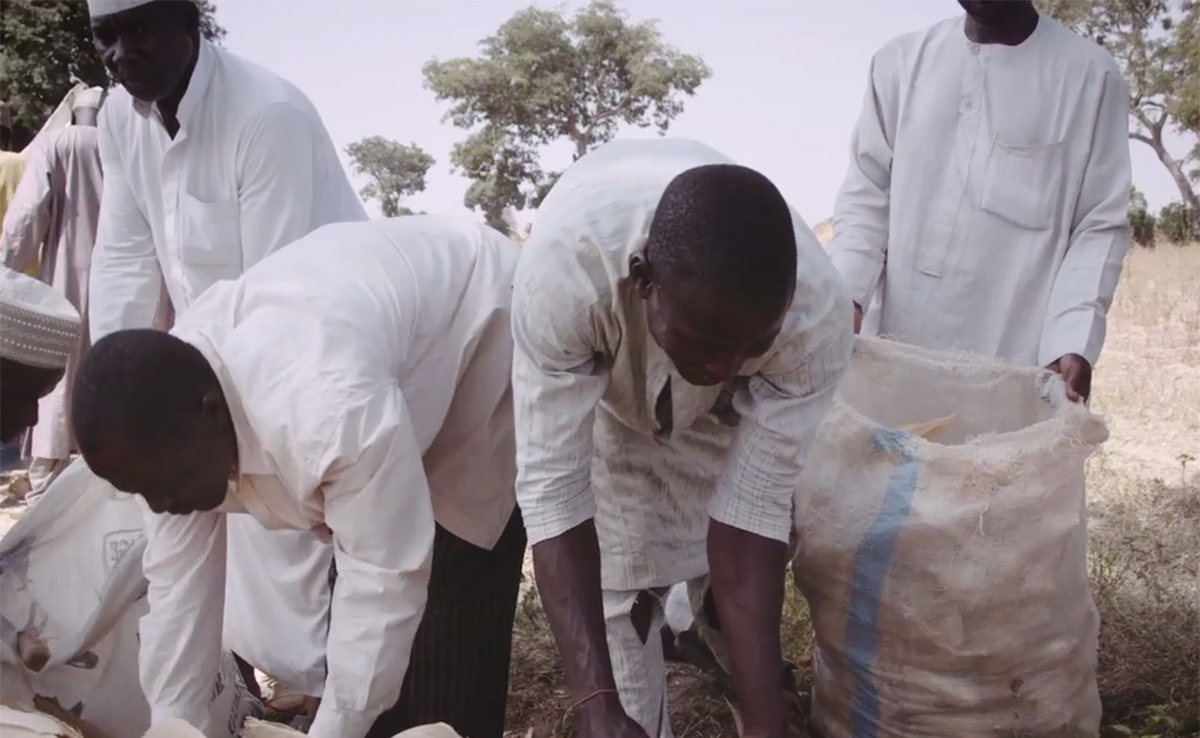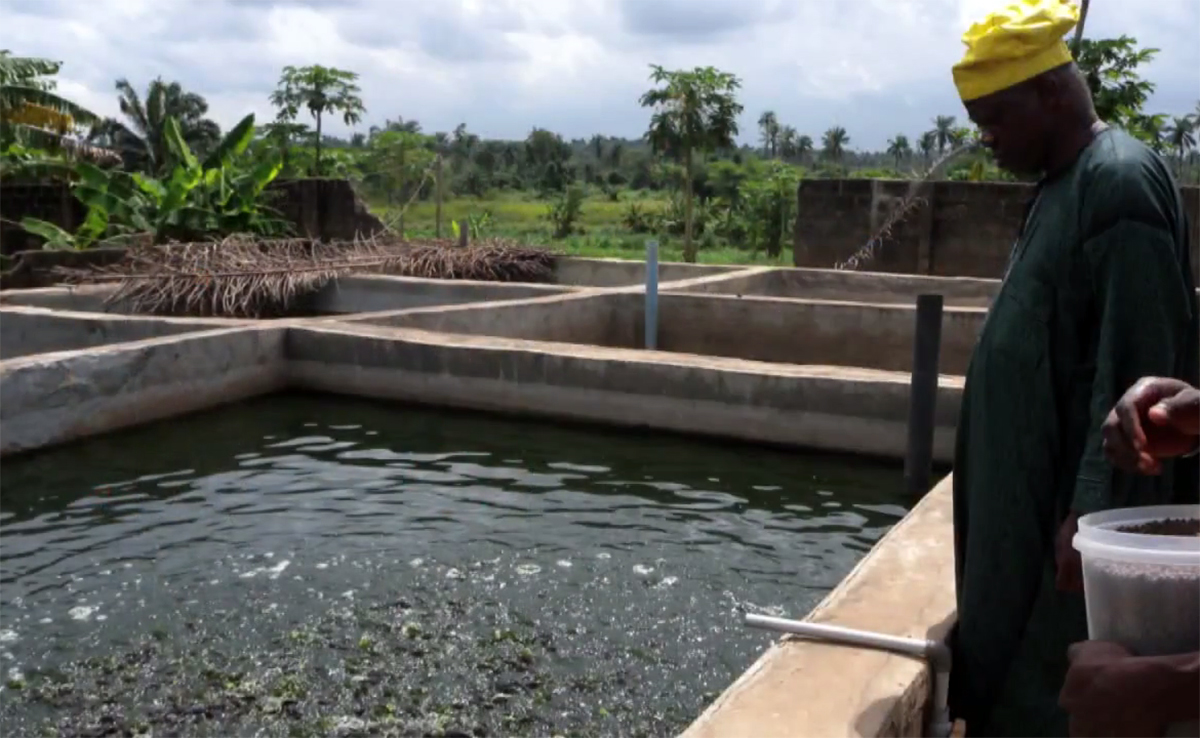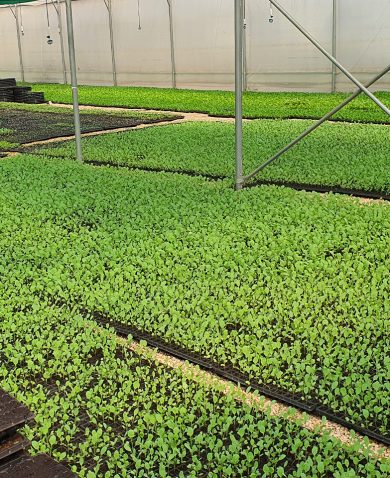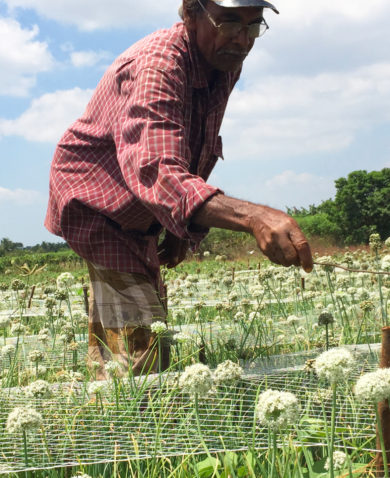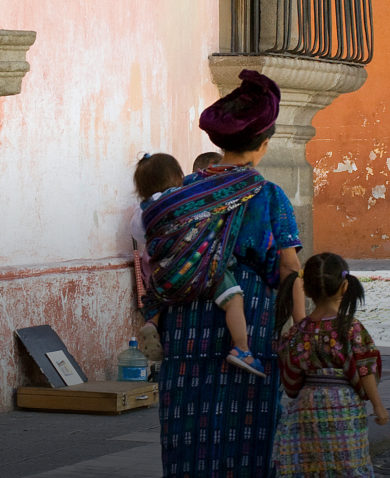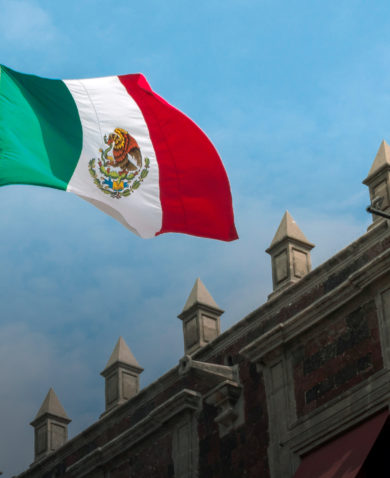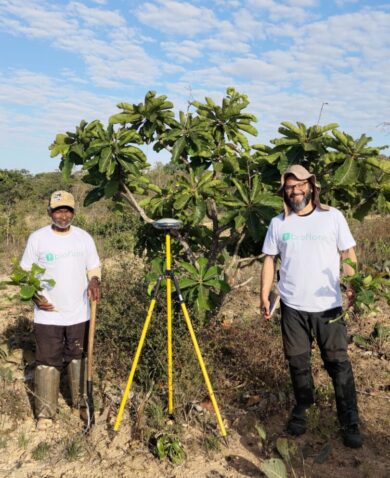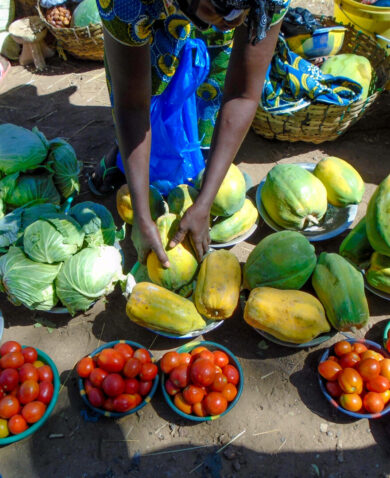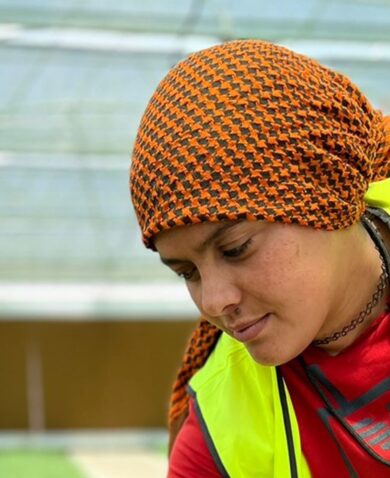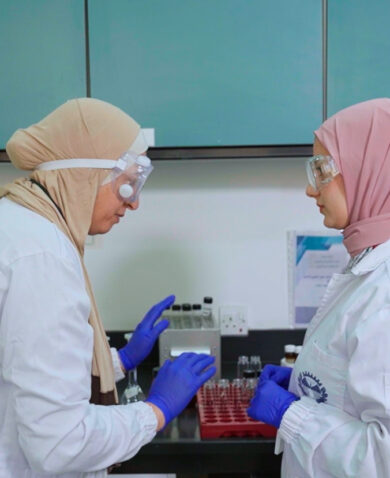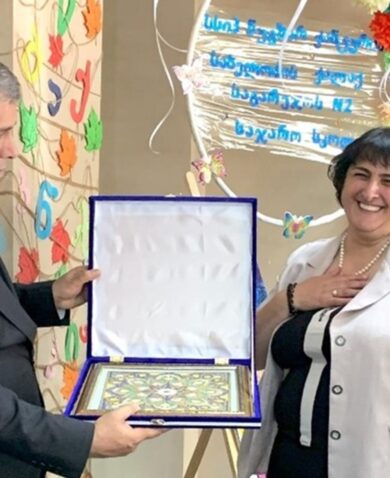Maximizing Agricultural Revenue and Key Enterprises in Targeted Sites I & II (MARKETS I & II)
Most Nigerians live in rural areas and farm for a living, yet their harvests yield little return in local, regional, or international markets. The USAID Maximizing Agricultural Revenue and Key Enterprises in Targeted Sites II (MARKETS II) project helped farmers maximize yields, increase farm incomes, respond to market demands, and reduce food insecurity. MARKETS II also strengthened relationships between smallholder farmers and agro-processors. Because rural agricultural communities in Nigeria often lack access to affordable credit, the project worked with local farmers and other small- and medium-sized enterprises to improve their access to investment capital. Operating across eighteen states, MARKETS II focused on markets for aquaculture, cassava, cocoa, rice, sorghum, soybean, and maize. Additionally, the project’s activities addressed crosscutting issues through local capacity building and by integrating youth, women, and vulnerable populations into value chain activities.
Prior Initiatives
The MARKETS II project built on two previous projects, MARKETS I (2005 to 2010) and Bridge to Markets II (2010 to 2012). MARKETS I improved the market for products such as cassava, maize, rice, cowpea, white sorghum, yellow sorghum, sesame, aquaculture, dairy, and cocoa. In addition, MARKETS I created 168,279 new jobs, trained 54,000 people, provided nutritional supplements for 77,882 orphans and vulnerable children, and processed $97 million in value-added commodities.
The Bridge to Markets II project continued MARKETS I activities. In two years, the project leveraged $25.2 million in credit for clients and achieved more than $199.2 million in sales at both the farm and firm levels. Additionally, the project helped secure $11.4 million in agricultural and rural loans, including 83,379 bank and microfinance loans for clients.

